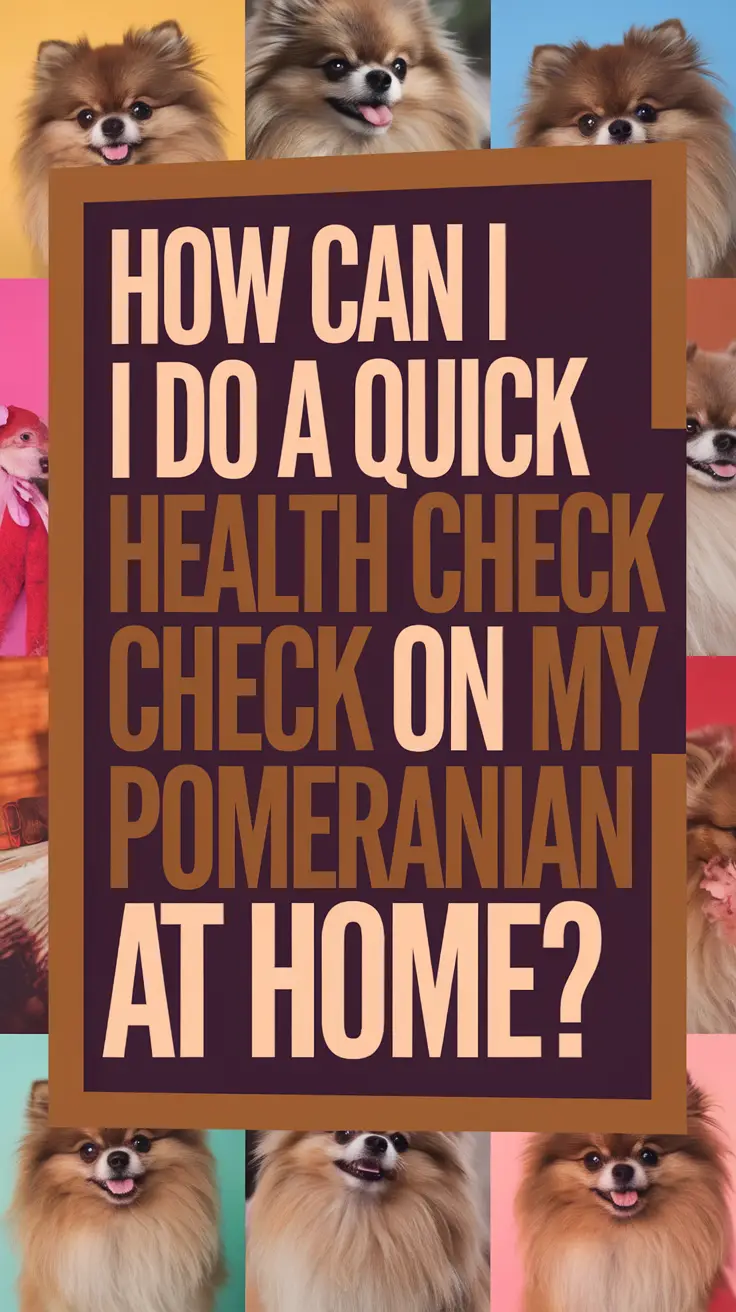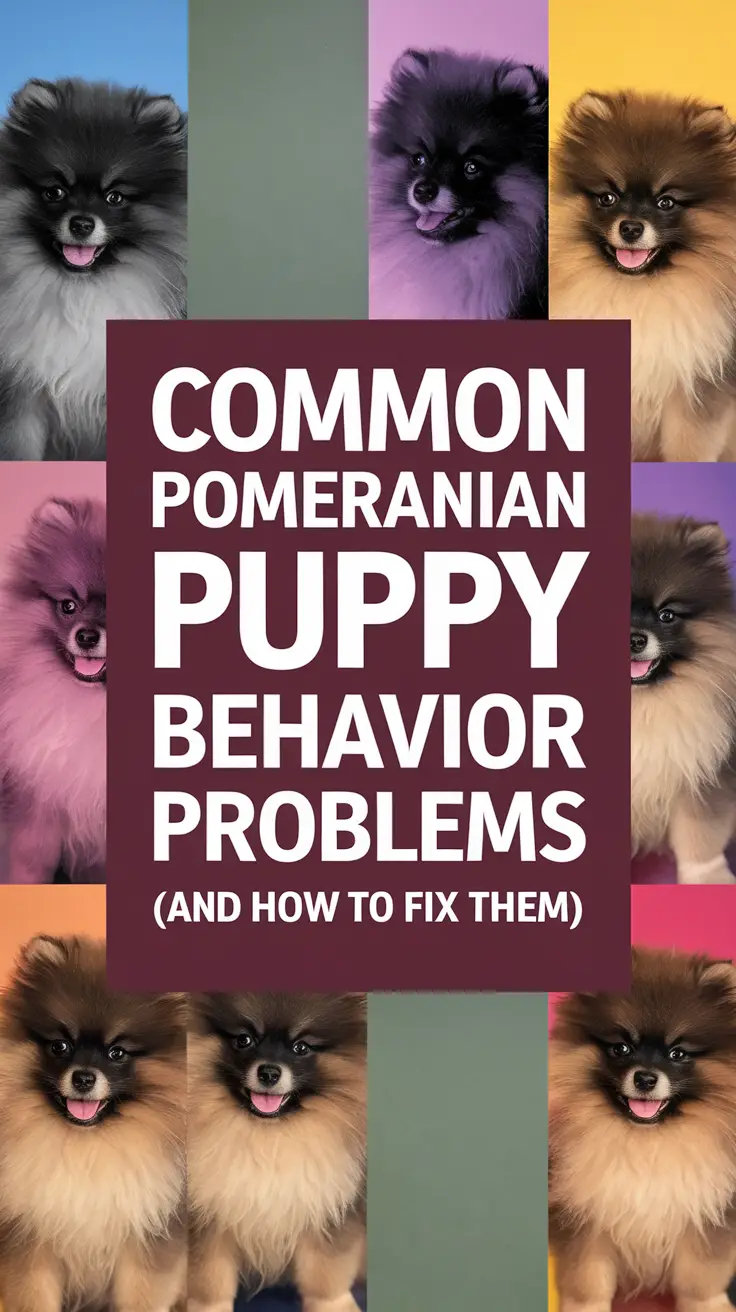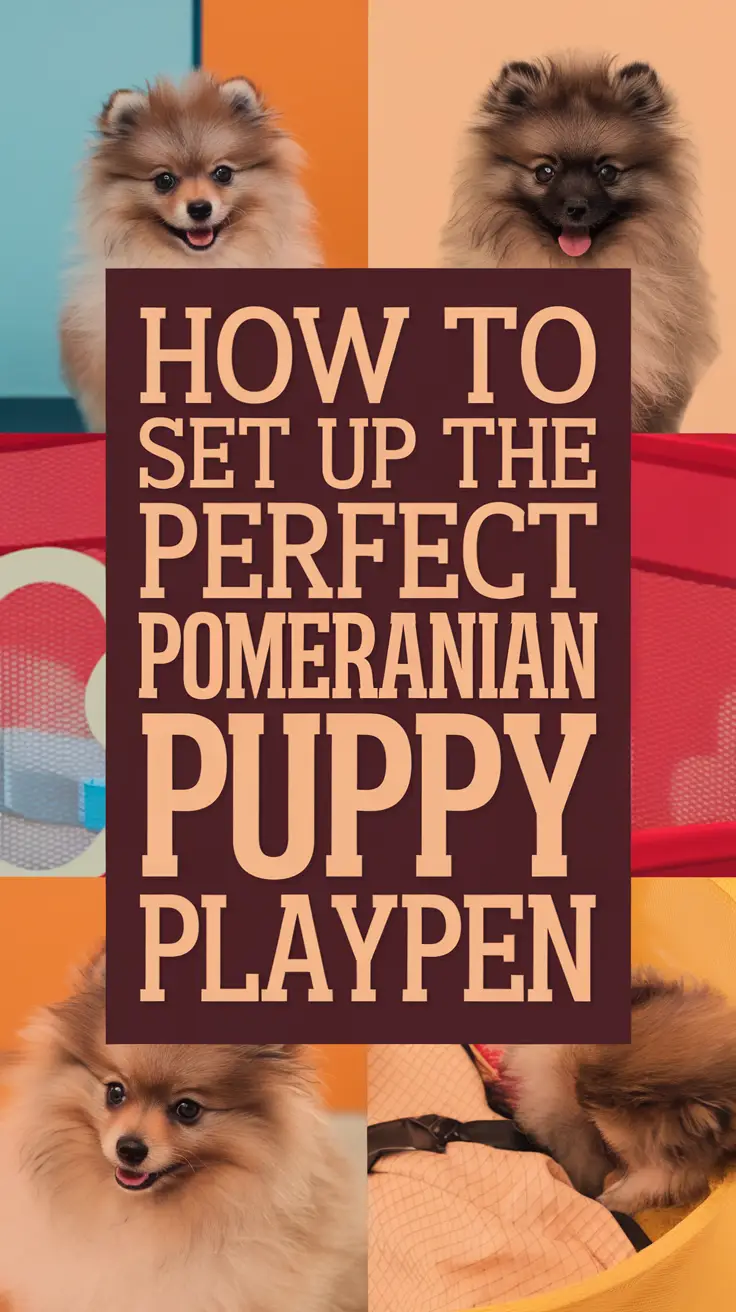Picture this: you’re staring down at a tiny ball of fluff who has just christened your brand-new Persian rug for the third time today, and you’re wondering if you’ve adopted a puppy or a furry little terrorist. Trust me, I’ve been there with my Pomeranian Sash, and I’m here to tell you that yes, your stubborn Pom can be potty trained – it just takes the right approach and a healthy dose of patience (plus maybe a good carpet cleaner on standby).
Here are the three key strategies that will transform your little rebel into a house-trained angel:
- Master the art of consistent crate training combined with frequent potty breaks
- Use positive reinforcement with high-value treats and enthusiastic praise
- Establish a strict routine that works with your Pomeranian’s natural habits
Understanding Your Pomeranian’s Stubborn Streak
Let’s be honest – Pomeranians weren’t bred to be people-pleasers like Golden Retrievers. These little descendants of Arctic spitz dogs were bred to be independent thinkers, which is a fancy way of saying they’re convinced they know better than you about pretty much everything, including where they should relieve themselves.
When Sash was a puppy, I swear she would look me dead in the eye while squatting on my kitchen floor, as if to say, “What are you going to do about it, human?” It was both infuriating and oddly impressive. Dr. Patricia McConnell, a renowned animal behaviorist, explains that small breeds like Pomeranians often have a harder time with house training because their small bladders fill up quickly, and accidents become habitual if not addressed properly.
The American Kennel Club notes that Pomeranians are intelligent but can be willful, which means you’re not dealing with defiance – you’re dealing with a tiny genius who needs to be convinced that your way is actually the better way.
The Crate Training Foundation
Crate training is your secret weapon, but here’s where many Pom parents go wrong: they either use a crate that’s too big or they give up too quickly when their little drama queen starts protesting.
Sash treated her first crate like it was a medieval torture device, complete with Oscar-worthy performances of despair. But here’s the thing – dogs naturally avoid soiling their sleeping area, and a properly sized crate (just big enough for your Pom to stand, turn around, and lie down) becomes their safe haven.
Setting Up Crate Success
Start with short periods – I’m talking 10-15 minutes while you’re home. Make it positive by feeding meals in the crate and tossing in special treats. When Sash finally accepted her crate, it became her go-to spot for naps, and accidents in the house dropped by about 80%.
The schedule that worked for us was taking Sash out immediately after crate time, after meals, after naps, and every two hours during the day. Yes, it’s exhausting, but consistency is everything with these little stubborn sweethearts.
The Power of Positive Reinforcement
Forget everything you’ve heard about dominance training or punishment – Pomeranians respond to positive reinforcement like they’ve been waiting their whole lives for someone to throw them a party. When Sash finally peed outside instead of on my bathroom mat, I celebrated like she’d just won Westminster.
High-value treats are crucial here. We’re not talking about regular kibble – I’m talking about freeze-dried liver, tiny pieces of chicken, or whatever makes your Pom’s eyes light up like Christmas morning. The American Veterinary Society of Animal Behavior emphasizes that positive reinforcement creates lasting behavioral changes without the stress that punishment can cause.
Timing is Everything
The magic happens in the three-second window after your Pom finishes going potty outside. That’s when you deliver the treats and praise like they’ve just discovered the cure for something important. I used to keep treats in my pocket, in my car, and by every door because missing that window meant missing the opportunity to reinforce the behavior.
One thing I learned the hard way: never punish accidents inside. Sash once had an accident and then hid from me for an hour because she sensed my frustration. Punishment just teaches them to be sneaky about where they go, not where they should go.
Establishing an Unbreakable Routine
Pomeranians are creatures of habit, even if those habits initially involve decorating your floors. Creating a routine that becomes as predictable as sunrise was the game-changer for Sash’s training.
Our routine became sacred: outside immediately upon waking, 15 minutes after eating, after every nap, and right before bed. I even used the same door and took her to the same spot in the yard. It sounds obsessive, but repetition is how you override that stubborn Pom brain.
Reading the Signs
Pomeranians have subtle potty signals – Sash would sniff around in circles and get a particular focused look. Some Poms pace, whine softly, or head toward doors. Learning these signals means you can intercept accidents before they happen.
| Age | Frequency of Potty Breaks | Expected Accidents |
|---|---|---|
| 8-10 weeks | Every 1-2 hours | Multiple daily |
| 10-12 weeks | Every 2-3 hours | 2-3 daily |
| 12-16 weeks | Every 3-4 hours | 1-2 daily |
| 16+ weeks | Every 4-6 hours | Occasional |
Dealing with Setbacks and Challenges
Let’s talk about the elephant in the room – or should I say, the puddle on the floor. Setbacks happen, and with Pomeranians, they happen with dramatic flair. Sash once went two weeks without accidents, then decided to mark every piece of furniture in my living room in one afternoon. I thought I was losing my mind.
Weather can be a huge factor – Pomeranians hate getting their precious paws wet or cold. I invested in a covered potty area and even tried booties (though Sash walked like she was wearing clown shoes and refused to cooperate). Sometimes you have to get creative.
The Indoor Potty Option
For apartment dwellers or during extreme weather, indoor potty solutions can be lifesavers. Pee pads, artificial grass patches, or litter boxes designed for dogs can work, but you need to be consistent about the location and gradually transition outdoors if that’s your end goal.
I’ll be honest – pee pads initially confused Sash because she thought any soft, absorbent surface was fair game, including my yoga mat and bathroom rugs. The key is using attractant sprays and rewarding pad use just as enthusiastically as outdoor success.
Tools and Products That Actually Work
Over the months of training Sash, I became a connoisseur of potty training products. Here’s what actually worked versus what was a waste of money:
Enzymatic cleaners are non-negotiable – regular cleaners leave scent traces that attract repeat offenses. I use Nature’s Miracle, though any enzyme-based cleaner will work. Full disclosure: I have no affiliate relationships with any products mentioned – these are just tried-and-tested recommendations from someone who’s cleaned up more accidents than I care to count.
Baby gates were surprisingly helpful for limiting access to favorite accident spots while Sash learned the routine. A good quality crate with proper ventilation became worth its weight in gold, and I recommend investing in one that will fit your Pom as an adult.
What Didn’t Work
Puppy apartment systems seemed great in theory but were too complicated for both Sash and me. Spray deterrents had mixed results – some spots stayed clean, others seemed to challenge her creativity. Bell training for door alerts was a disaster because Sash discovered she could ring the bell just to go outside and supervise the neighborhood squirrels.
When to Seek Professional Help
Sometimes you need backup, and there’s no shame in calling for reinforcements. If your Pom is over six months old and still having frequent accidents despite consistent training, it might be time to consult your veterinarian. Medical issues like urinary tract infections or bladder stones can masquerade as training problems.
Dr. Sarah Chen, a veterinary behaviorist I consulted when Sash hit a particularly stubborn phase, reminded me that some dogs need medication for anxiety-related elimination issues. She also suggested that professional dog trainers experienced with small breeds can offer techniques that desperate owners might overlook.
The Light at the End of the Tunnel
Here’s what nobody tells you about potty training a stubborn Pomeranian: the day it clicks, it really clicks. Sash went from being my adorable little floor-destroyer to a dog who would rather burst than have an accident inside. The transformation was so complete that she now gives me judgmental looks when other dogs have accidents at the dog park.
The process took about four months of consistent effort, with the first real breakthrough happening around month two. By month three, accidents were rare, and by month four, Sash was reliably asking to go outside. That might seem like forever when you’re in the thick of it, but compared to some horror stories I’ve heard, it’s actually pretty reasonable for a Pom.
Most importantly, the bonding that happens during this process is incredible. All that time spent watching for signals, celebrating successes, and patiently cleaning up mistakes creates a level of communication and trust that goes way beyond just potty training. Sash and I developed an understanding during those months that still serves us well in all aspects of her training and behavior.
Your stubborn little Pomeranian isn’t giving you a hard time – they’re having a hard time understanding what you want from them. With patience, consistency, and maybe a sense of humor about the occasional setback, you’ll both get through this phase. And when you do, you’ll have a perfectly house-trained companion who will probably act like they knew what you wanted all along. Because that’s just how Pomeranians roll – stubborn, dramatic, and absolutely worth every minute of the effort.




